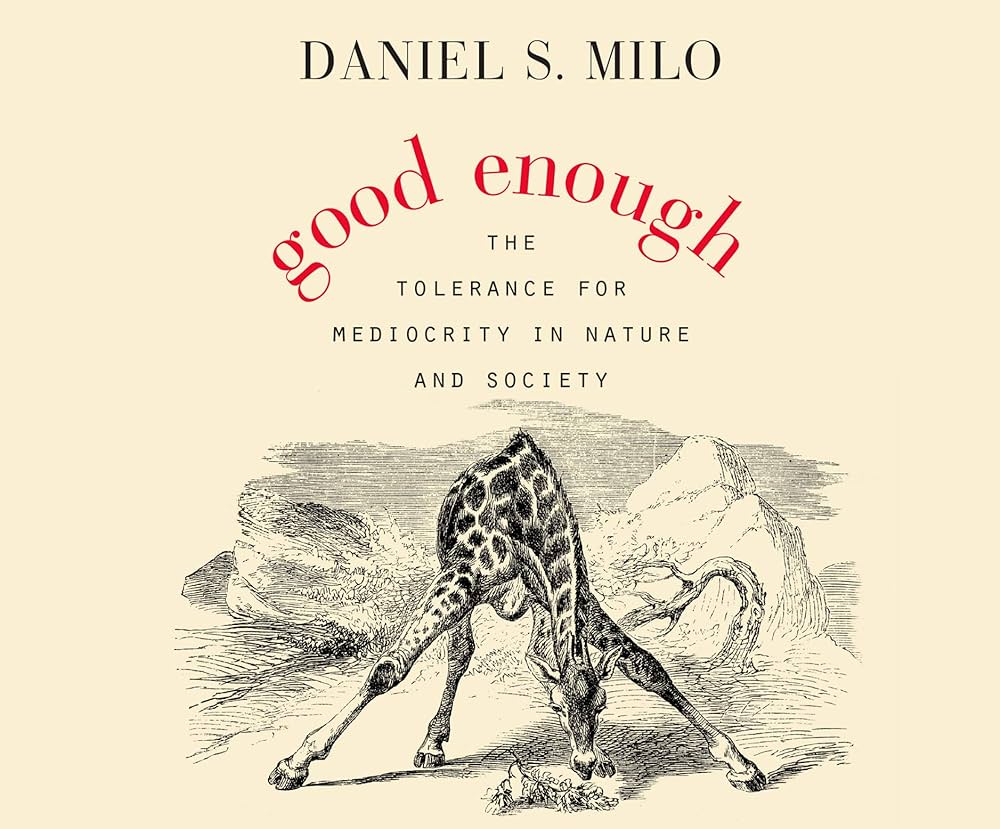
|
Daniel S. MiloGood Enough - The Tolerance for Mediocrity in Nature and Societyp. 50 |
Answers tend to die young, but a good question lives forever.
The giraffe’s carreer as a scientific challenge seemed to be over. Posterity’s verdict was unanimous - Darwin was right, Lamarck was ridiculous, affair closed. After Darwinism solved the mystery of the neck, biologists lost interest in the giraffe for nearly a century. But the case was reopened when field researchers studied giraffes in Africa.The accumulating facts reveal many holes in the canonical understanding.
First, it turns out that the feeding benefits of the giraffe’s long neck materialized primarily in the minds of evolutionists whi had never seen the animal in the wild. During the dry season, giraffes tend to feed from bushes at or below shoulder height, not high up where their necks confer an advantage. Half of the time they browse at a aheight of two meters or fewer, which overlaps with the feeding zones of larger herbivores, such as the gerenuk (Litocranius walleri) and the kudu (Tragelaphus imberis and Tragelaphus strepsiceros). And if just to spite Darwinians, it is during the rainy season, when food is abundant, that giraffes are more likely to feed from higher branches.
Second, studies of the ratio of neck-to-leg length in giraffes and near relatives the okapis (Okapia johnstoni) indicate that neck length has increased 2.1 times more than expected in the giraffe. Pumping blood all that way leaves the giraffe with the highest known blood pressure of all animals, necessitating a gigantic heart and reducing capacity for other valuable organs; hence its disproportionally minuscle brain.
Finally, 2010 research of giraffe demography found that in periods of drought, the adults most likely to die are tallest and largest males. Their greater caloric needs cannot be met by the leaves available at any tree level.
All these findings suggest that the neck may not be adaptive after all. One is reminded of Coleridge’s scorn for Iago’s efforts to justify his hatred of Othello: a “motive-hunting of a motiveless malignity.”